A man is just a woman's strategy for making other women
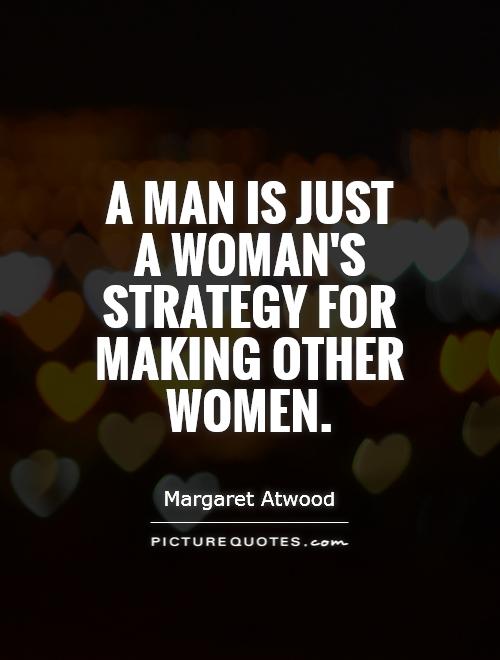
A man is just a woman's strategy for making other women
Margaret Atwood, a renowned Canadian author, is known for her thought-provoking and often controversial works that challenge societal norms and expectations. One of her most famous quotes, "A man is just a woman's strategy for making other women," encapsulates the complex dynamics of gender relations and power structures in society.Atwood's quote suggests that women use men as a means to assert their own power and influence over other women. In a patriarchal society where men hold the majority of power and privilege, women may feel the need to align themselves with men in order to gain access to resources, opportunities, and social status. By forming alliances with men, women may be able to navigate and manipulate the existing power structures to their advantage.
However, Atwood's quote also implies a sense of competition and rivalry among women. In a world where women are often pitted against each other and forced to compete for limited opportunities, the presence of men can serve as a tool for women to assert their dominance and control over other women. By aligning themselves with men, women may be able to elevate their own status and position themselves above their female peers.
Furthermore, Atwood's quote highlights the complex and often fraught relationships between men and women. In a society where gender roles and expectations are deeply ingrained, men and women may feel pressure to conform to certain stereotypes and norms in order to gain acceptance and approval. Women may use men as a means to navigate and negotiate these expectations, while men may also benefit from their relationships with women in terms of social status and validation.
Overall, Atwood's quote challenges traditional notions of gender and power dynamics, highlighting the ways in which women navigate and negotiate their relationships with men in a patriarchal society. It serves as a reminder of the complexities and contradictions inherent in gender relations, and the ways in which individuals may use and manipulate these dynamics to their advantage.
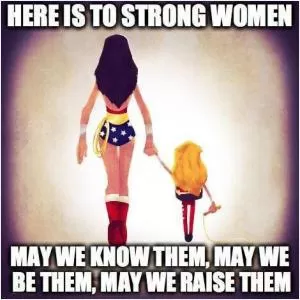




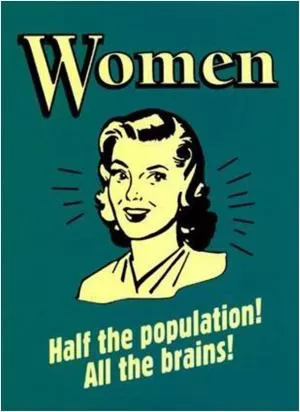

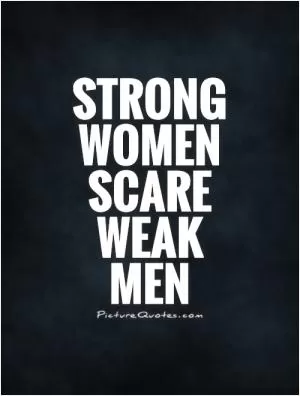
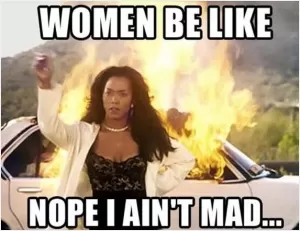



 Friendship Quotes
Friendship Quotes Love Quotes
Love Quotes Life Quotes
Life Quotes Funny Quotes
Funny Quotes Motivational Quotes
Motivational Quotes Inspirational Quotes
Inspirational Quotes